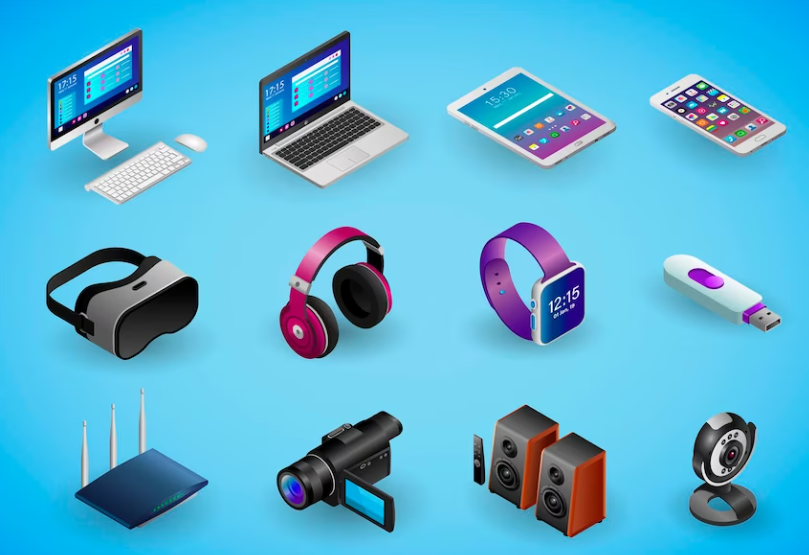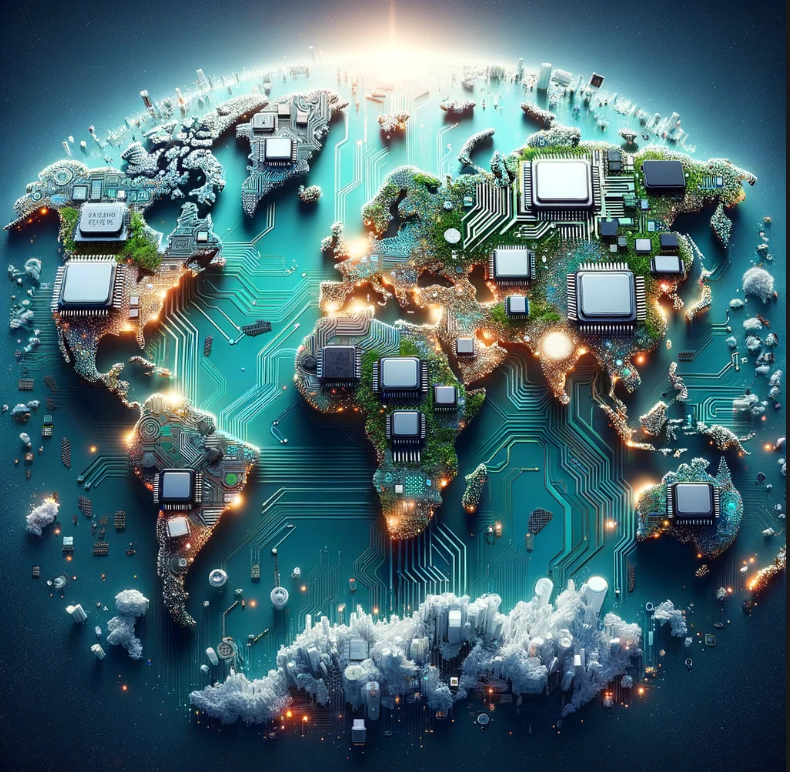Imagine having a tiny, magical brain that can think super fast and help your computer, smartphone, or even cars work smoothly. That’s essentially what a microchip does! These tiny devices are an important part of our modern world. But what are they, and how do they work? Let’s dive into the fascinating world of microchips.
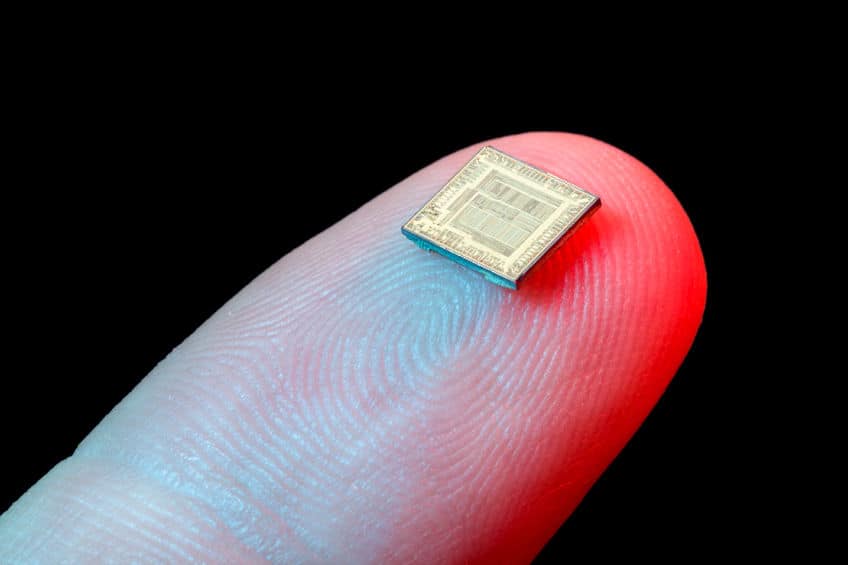
The Basics of Microchips
A microchip, also known as an integrated circuit (IC), is a tiny piece of silicon that contains thousands or even millions of electronic parts called transistors. These transistors work together to perform tasks like calculations, storing data, or controlling devices. Microchips are like the brains of electronic devices, telling them what to do and how to do it.

Microchips are made from silicon, which comes from sand. Silicon is special because it’s a semiconductor, meaning it can either conduct electricity or stop it, depending on how it is treated. This property makes silicon perfect for creating the transistors in a microchip.
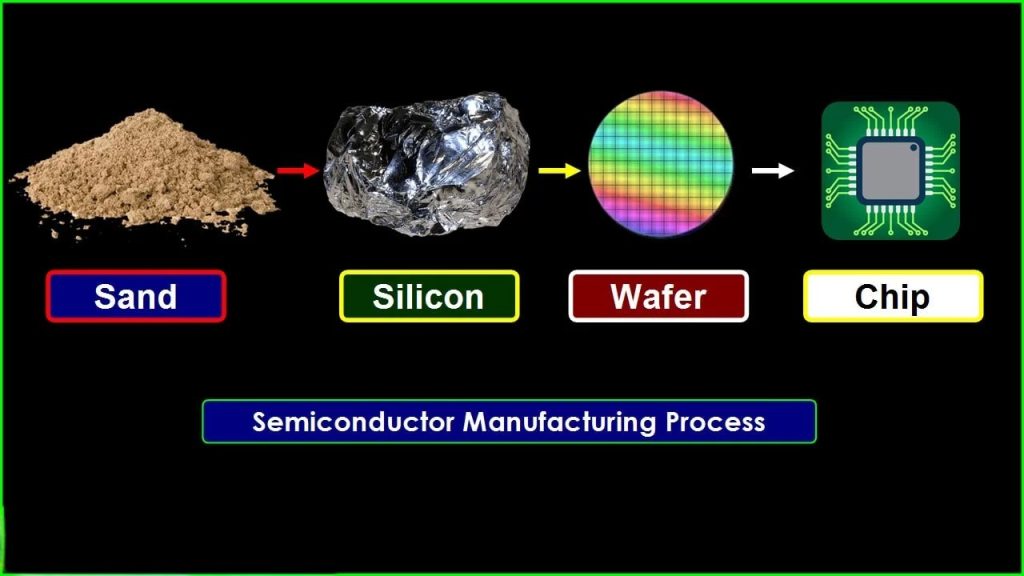
How Microchips Work
The tiny transistors on a microchip act like switches, turning on or off to process information. When a transistor is on, it allows electricity to flow through it. When it’s off, it blocks the flow of electricity. By combining millions of these tiny switches, a microchip can handle lots of instructions at lightning speed.
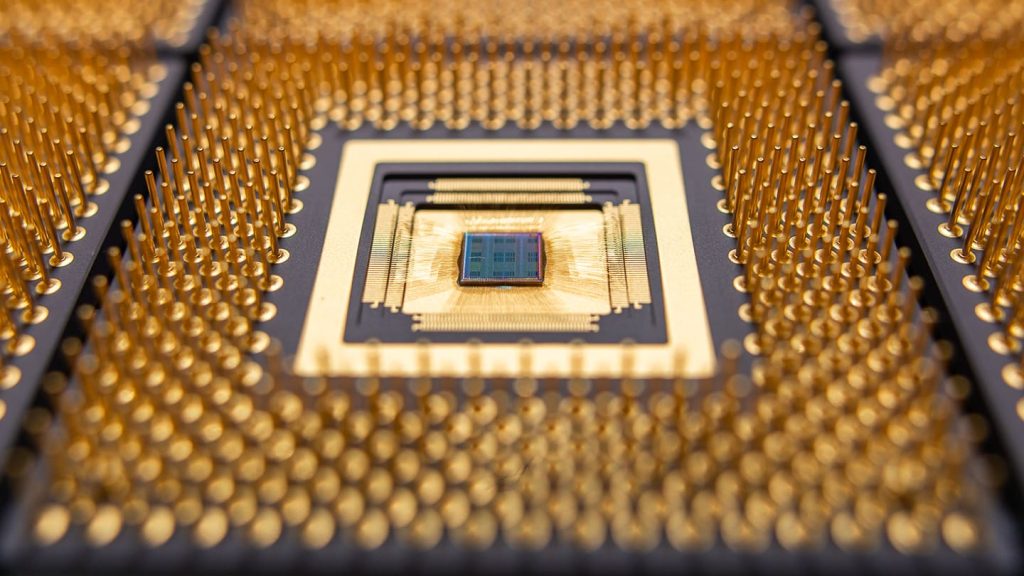
For example, think about playing a video game on a computer. The microchip inside the computer helps the game run by quickly processing all the graphics, sound effects, and movements. Without microchips, such tasks would take forever!

Where Are Microchips Used?
Microchips are everywhere! Here are a few places you might find them:
- Computers and Smartphones: Every time you browse the internet or play a game on your device, a microchip is doing all the heavy lifting.

- Cars: Modern cars use microchips to control everything from air conditioning to anti-lock brakes.
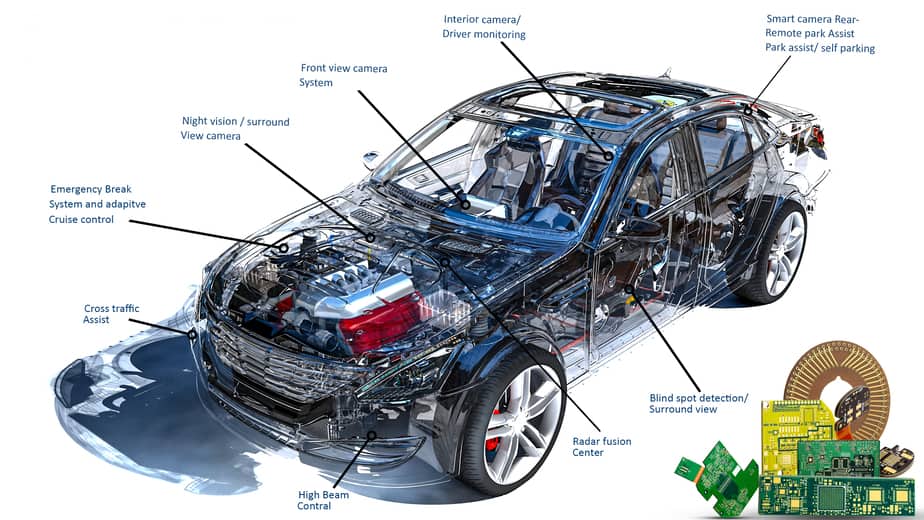
- Medical Devices: Equipment like pacemakers and diagnostic machines rely on microchips to function accurately.

- Home Appliances: Your washing machine, fridge, or even smart speakers contain microchips to make them work smarter.

- Robotics and Artificial Intelligence: Robots and AI systems depend heavily on advanced microchips to think and act like humans.

How Are Microchips Made?
Making a microchip is an extraordinary process! It starts with silicon wafers, which are sliced very thin from a block of silicon. Engineers then use special machines to etch the design of the microchip onto the wafer. The whole process takes place in ultra-clean environments, as even a tiny speck of dust could ruin a chip.

After the etching process, the microchips are tested to ensure they work perfectly. Only the best-performing chips are used in devices.
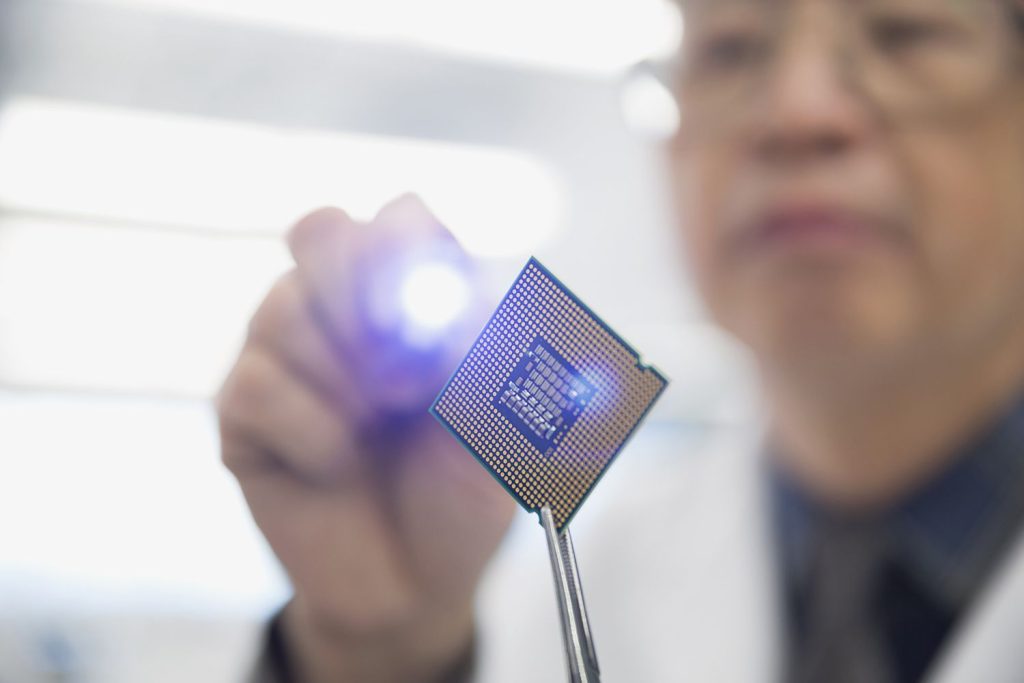
The Future of Microchips
Microchips are getting smaller and more powerful every year. With the rise of artificial intelligence (AI), microchips are now being designed to handle tasks like recognising speech, analysing data, and even predicting outcomes! Scientists and engineers are also exploring new materials to make microchips even faster and more efficient.

One exciting development is quantum computing, which uses the principles of quantum physics. While still in its early stages, quantum microchips could solve problems that regular chips cannot handle.

Fun Facts About Microchips
- The first microchip was invented in 1958 by Jack Kilby, who won a Nobel Prize for his work.

- Some of the tiniest microchips are smaller than a grain of rice!

- A single modern microchip can contain over a billion transistors.
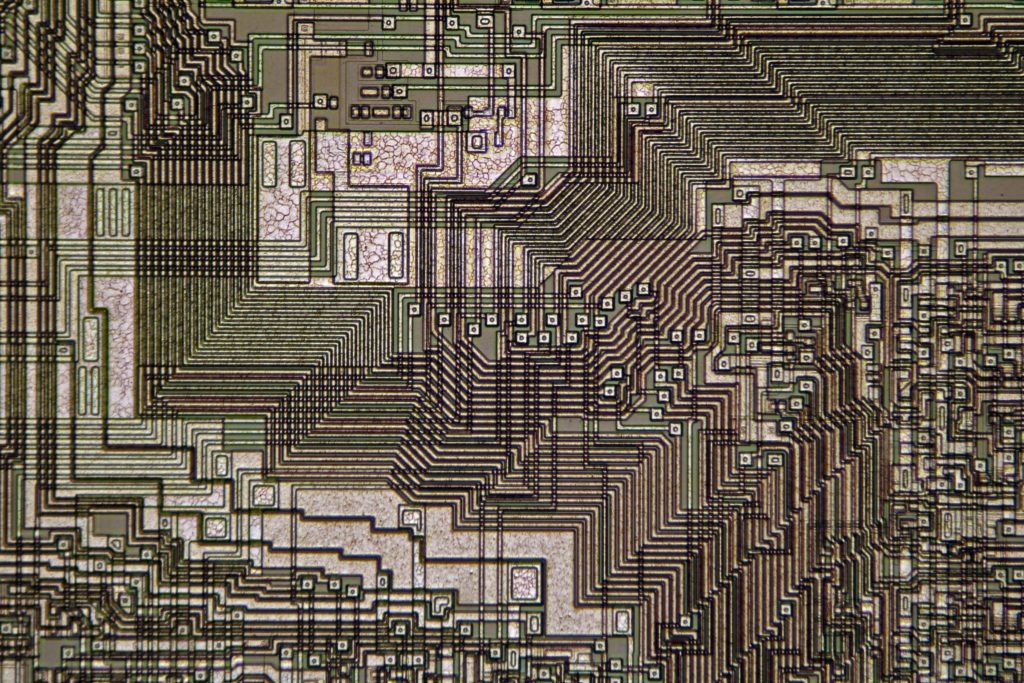
- Microchips are sometimes called “computer chips” or just “chips.”
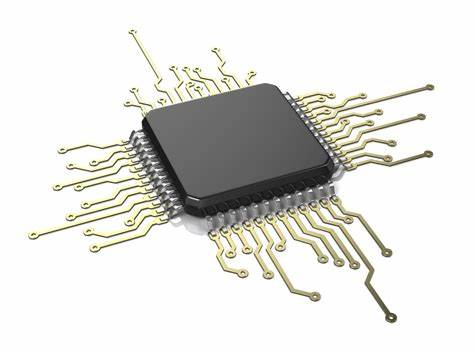
Why Are Microchips Important?
Microchips have transformed our world. They make technology faster, smarter, and more accessible. Without microchips, we wouldn’t have many of the gadgets and tools we use every day, from phones to video game consoles to GPS systems.
